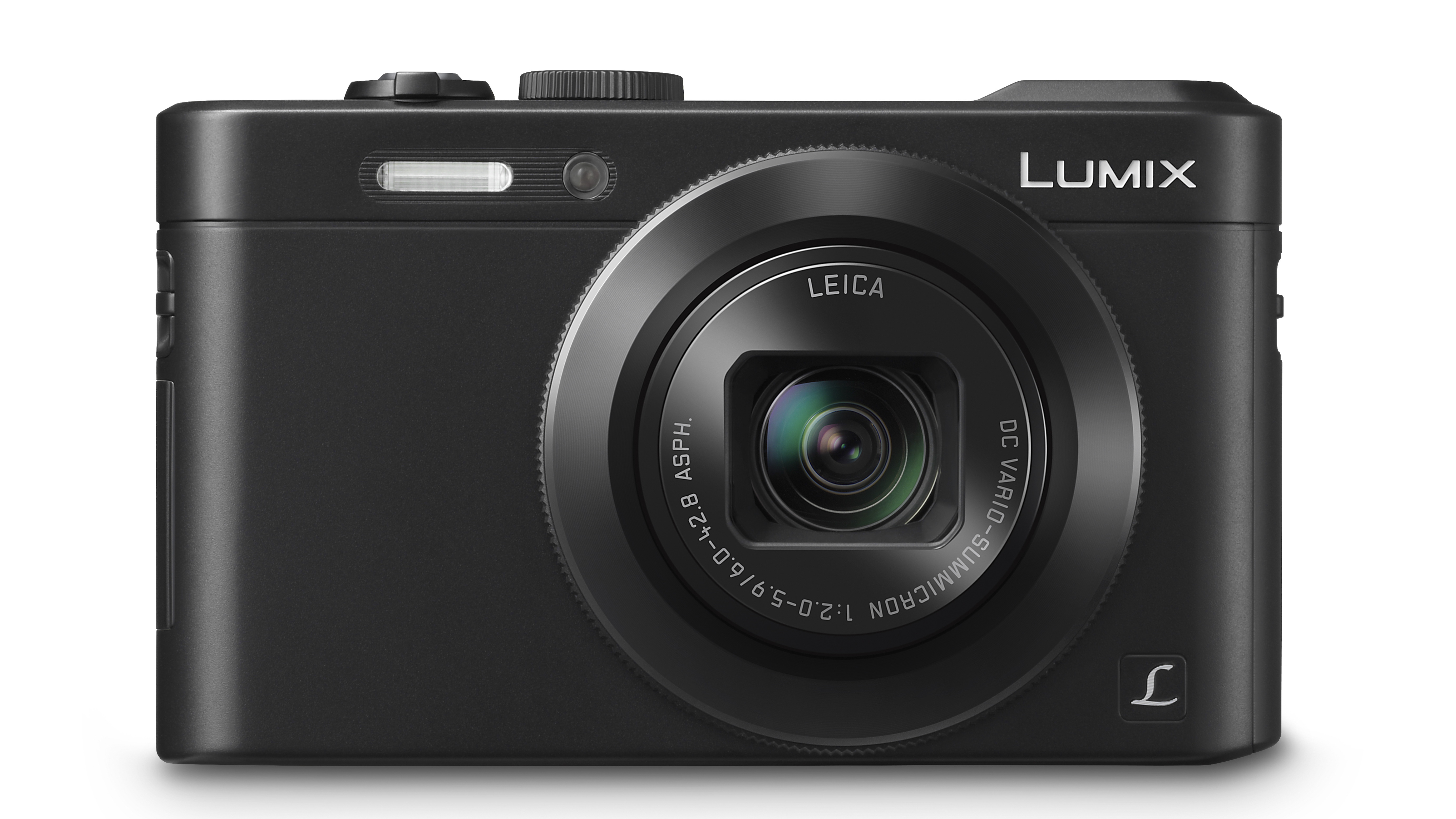TechRadar Verdict
Pros
- +
Electronic level
- +
Full manual control
- +
EVF
- +
Customisable buttons
Cons
- -
No touchscreen
- -
Loss of detail at higher ISOs
- -
Small sensor
Why you can trust TechRadar
There was a lot of rumour and speculation surrounding whether Panasonic would introduce a high-end compact camera like the LX7, but with a larger sensor, a la the Sony RX100.
So when the Panasonic Lumix LF1 was unveiled, we wondered if the LF stood for large format. Well it doesn't, because inside the Panasonic LF1 is a 1/1.7-inch sensor, like the one in the Panasonic LX7.
After composing yourself after the disappointing news, consider the benefits that using a smaller sensor brings. Namely, the 7.1x optical zoom focal range, equivalent to 28-200mm (in 35mm terms), making it a versatile optic suited to a range of subjects.
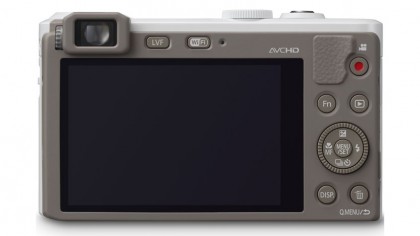
Equipped with 12.1 million pixels, the High Sensitivity MOS sensor is paired with a Venus engine, designed to take advantage of its wide sensitivity range.
The Panasonic LF1's versatility is further enhanced by its sensitivity range, which is ISO 80-12,800. This enables it to shoot with long shutter speeds to blur movement and freeze movement in low light. Not only that, but Panasonic promises to offer excellence in low light thanks to Noise Reduction and Edge Smoothing systems.
There's further good news with the Panasonic LF1's maximum aperture, which is f/2.0 at the widest point of the Leica lens and f/5.9 at the telephoto end. This should enable depth of field to be restricted as well as offering faster than average shutter speeds in low light.
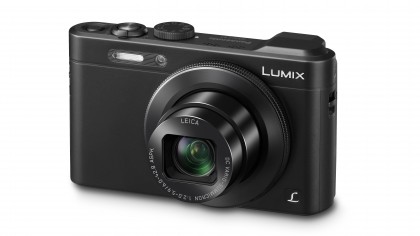
Unlike many small compact cameras, the Panasonic LF1 has a viewfinder. Rather than being a tiny direct finder that might suffer from parallax error, the Panasonic LF1 has a 0.2-inch electronic viewfinder (EVF). The benefit of this kind of finder is that it displays the image as it will be captured, taking into account the exposure, white balance and colour settings.
On the back of the camera, the EVF is joined by a 3-inch, 920k dot TFT LCD display. It's not touch-sensitive though, as we've seen previously on the Lumix TZ40 or G series of compact system cameras (CSCs).
As you would expect from a premium compact camera, full manual control can be taken over shooting parameters, and semi-automatic modes, such as aperture priority and shutter priority, are also present. The camera is also capable of capturing images in raw format.
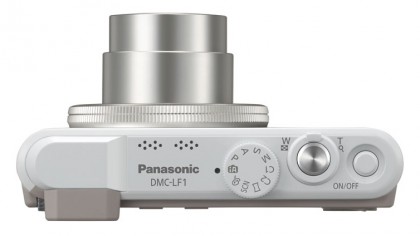
Joining a couple of other cameras in the Lumix lineup, the Panasonic LF1 is equipped with both Wi-Fi and NFC. This enables a number of things, including remote control of the camera via a smartphone or tablet and sharing of images to social networking sites such as Facebook and Twitter.
NFC is still a fairly new technology that's available on a number of smartphones and tablets, but, notable by its absence, Apple is yet to bring an NFC-compatible device to the market. For those who do have an NFC-equipped device, you can enjoy the benefits of bypassing laborious Wi-Fi setups by simply tapping together the two devices to start a connection (well, that's the theory anyway).
Like pretty much all modern cameras, the Panasonic LF1 is capable of recording HD video in full 1080p goodness. Not only that though, it's capable of 50i, in both AVCHD Progressive and MP4 outputs.
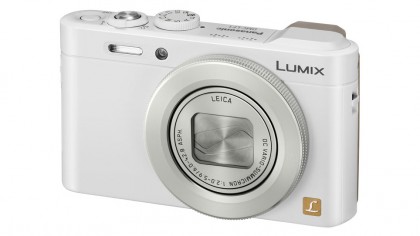
Although primarily aimed at the more advanced photographer, Panasonic has included a number of features likely to appeal to beginners. A new composition guide consisting of several rules, such as Rule of Thirds, Diagonal Lines, S-Shape and so on, can be superimposed on the screen as you take shots to help you get the best possible image.
There are also a number of digital filters, many of which have been brought across from the G range of CSCs, and the option to shoot ultra-wide panoramic shots. Various scene modes and Intelligent Auto are also included.
The Panasonic LF1 is priced at £374.99 / US$499.99 (around AU$620), making it slightly more expensive than the Panasonic TZ40, Sony HX50 and Olympus XZ-10.
Amy has been writing about cameras, photography and associated tech since 2009. Amy was once part of the photography testing team for Future Publishing working across TechRadar, Digital Camera, PhotoPlus, N Photo and Photography Week. For her photography, she has won awards and has been exhibited. She often partakes in unusual projects - including one intense year where she used a different camera every single day. Amy is currently the Features Editor at Amateur Photographer magazine, and in her increasingly little spare time works across a number of high-profile publications including Wired, Stuff, Digital Camera World, Expert Reviews, and just a little off-tangent, PetsRadar.
